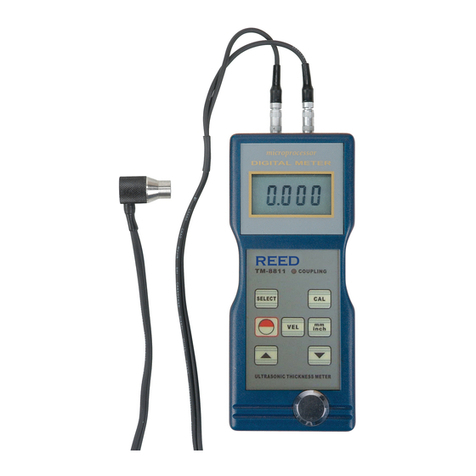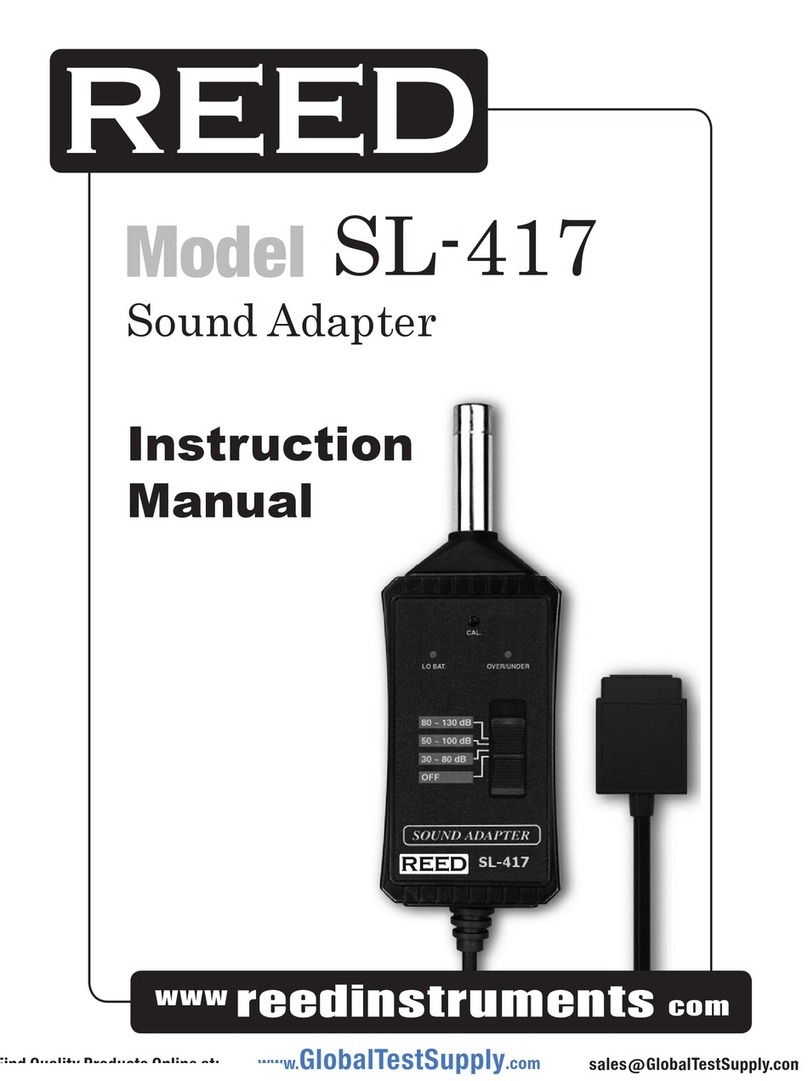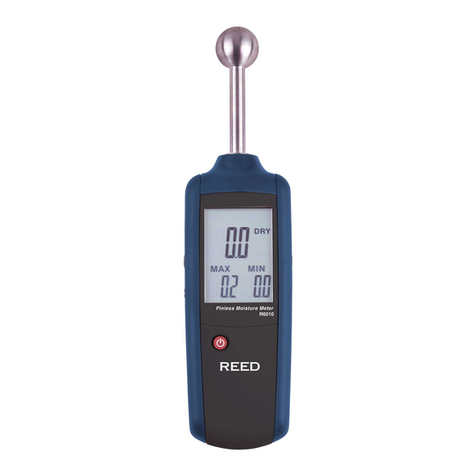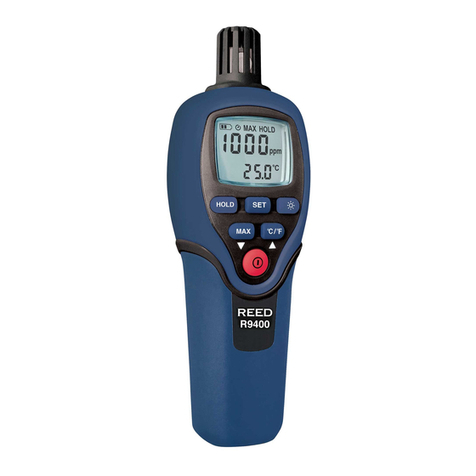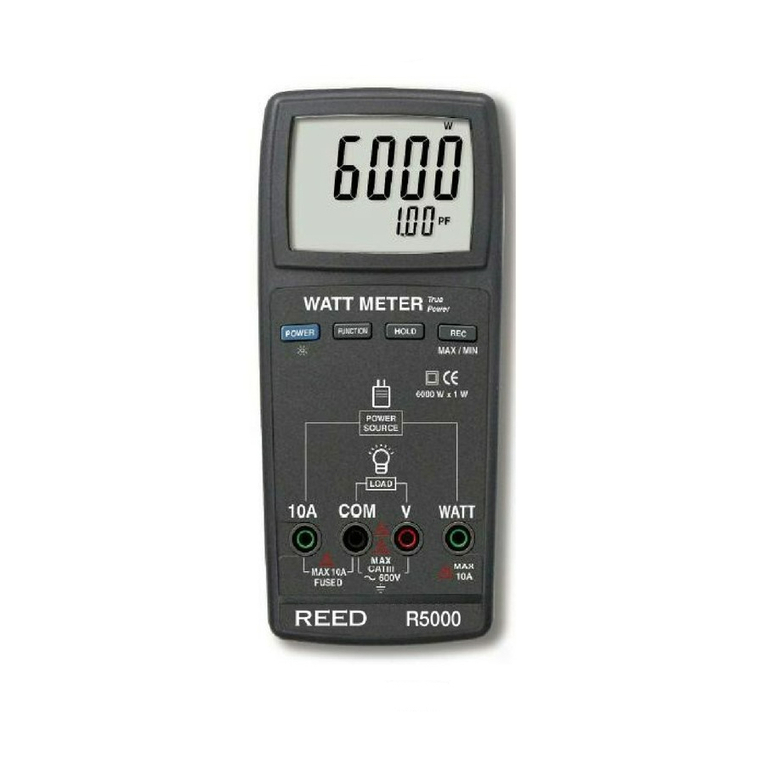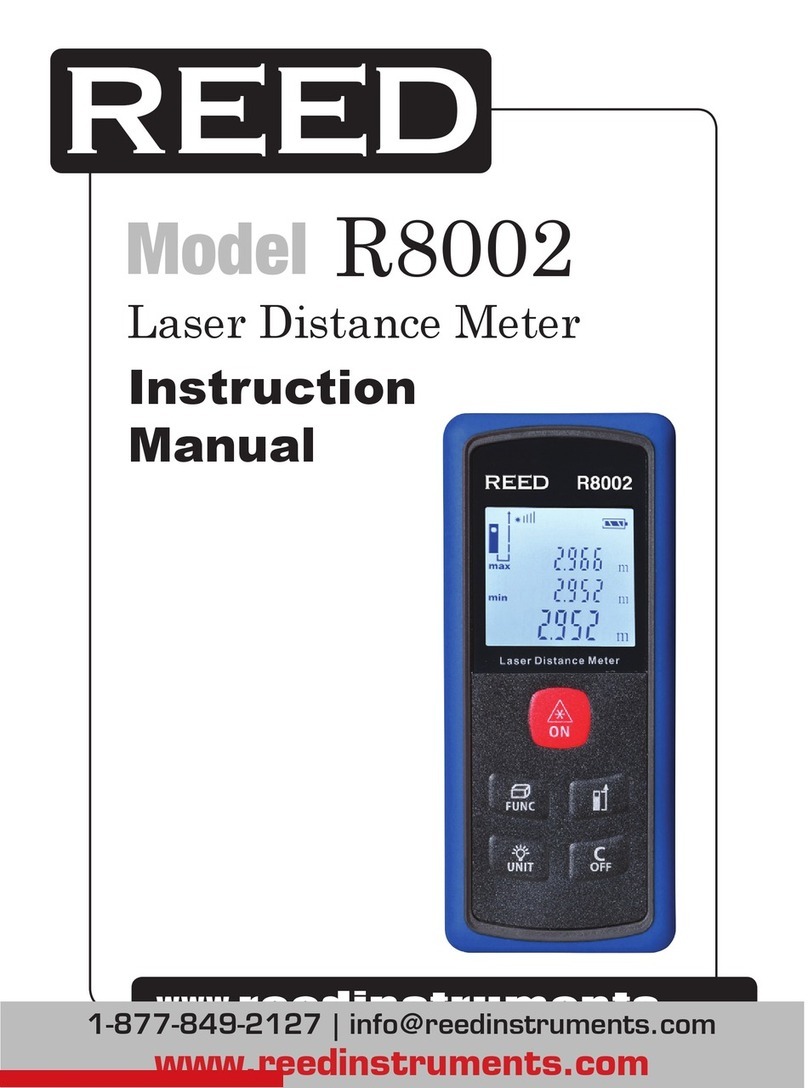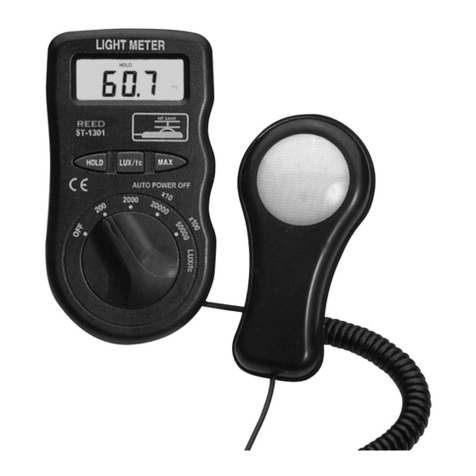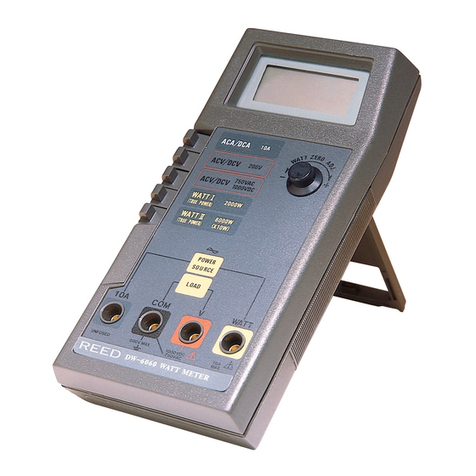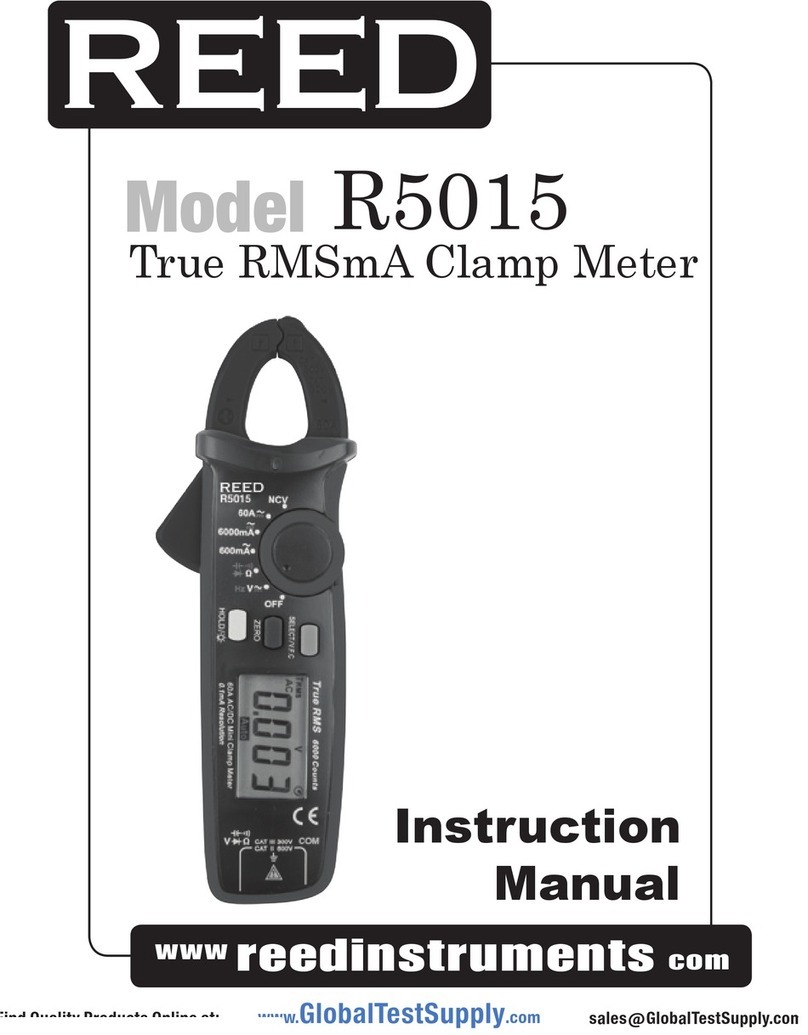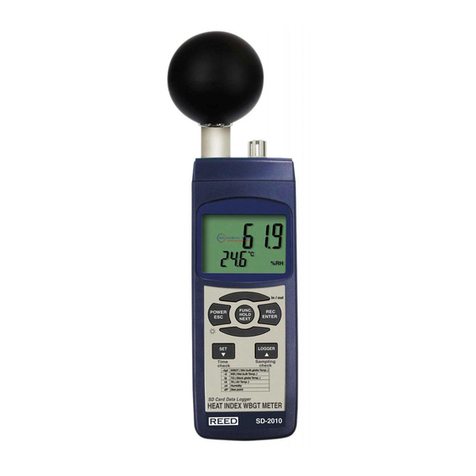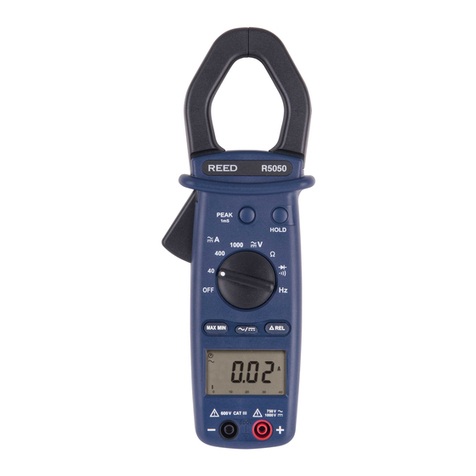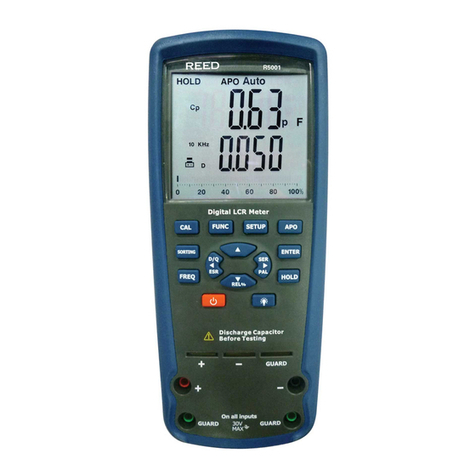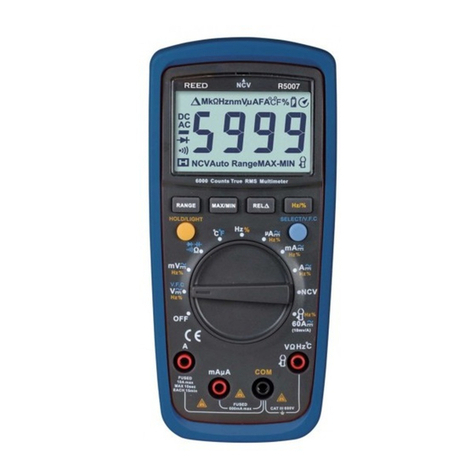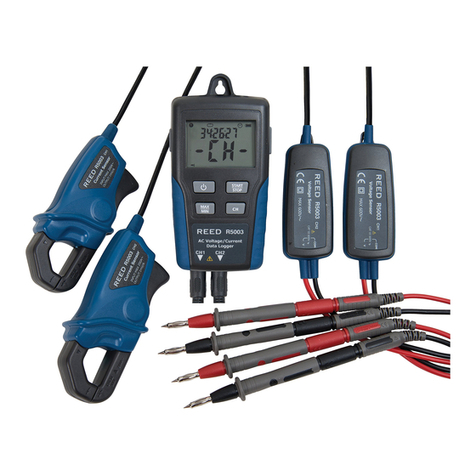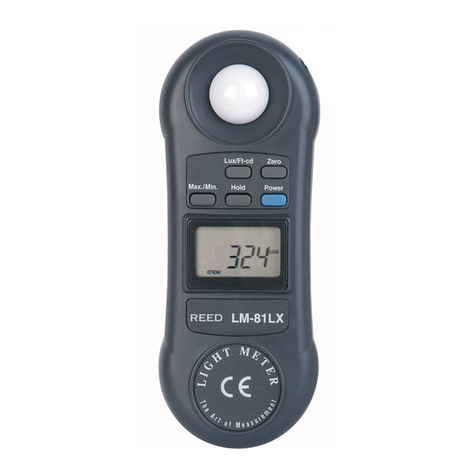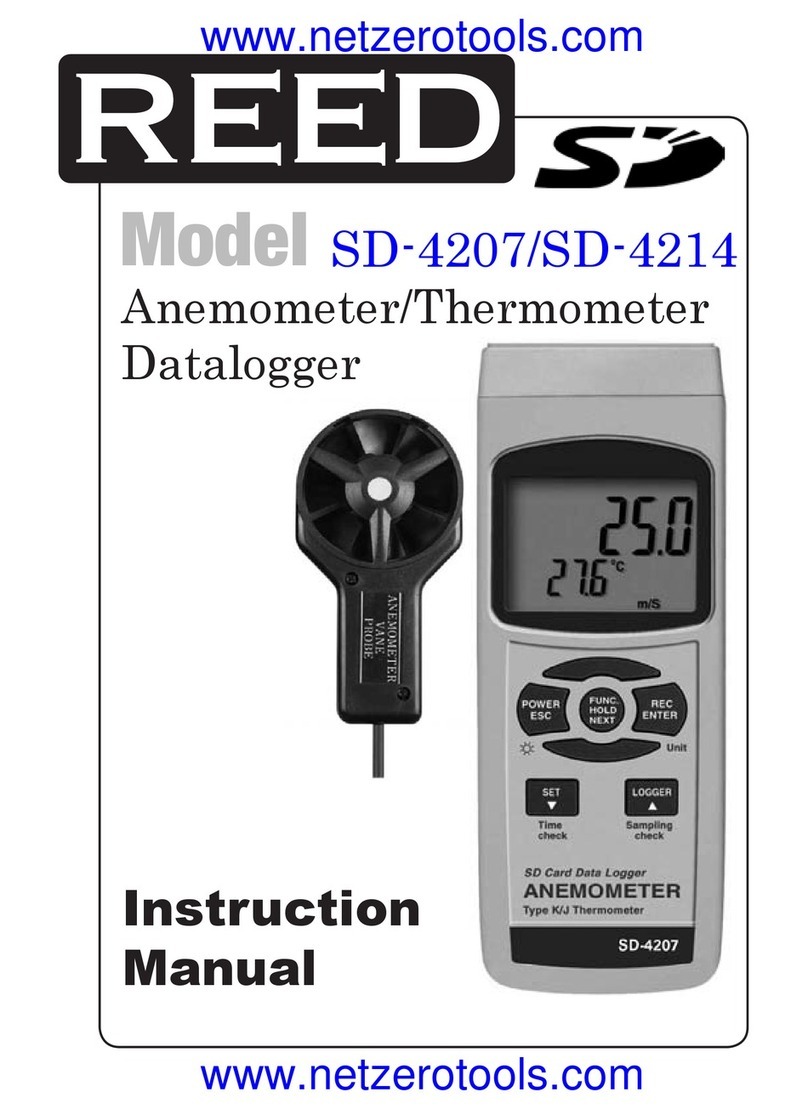
2
Table of Contents
Introduction ................................................................................................ 3
Product Quality........................................................................................... 4
Safety ......................................................................................................... 4
Features...................................................................................................... 4
Specications..........................................................................................5-7
Comparison of Frequency Weightings and Tolerance Limits................. 7
Time Weightings (Fast & Slow) Characteristics...................................... 7
Included...................................................................................................... 7
Instrument Description............................................................................... 8
Display Description .................................................................................... 9
%DOSE.................................................................................................. 9
Sound Pressure Level (SPL)................................................................... 9
Operating Instructions.........................................................................10-11
Power On/Off ....................................................................................... 10
Sound Pressure Level (dBA/dBC Mode).............................................. 10
Data Hold ............................................................................................. 11
Recording Maximum and Minimum Readings..................................... 11
Backlighting ......................................................................................... 11
What is Dose Noise Exposure?...........................................................11-15
Noise Exposure (%DOSE) - Test Duration Mode ............................12-13
Noise Exposure (%DOSE) - Programmable Time Mode.................13-15
%DOSE Testing Notes: ........................................................................ 15
Data Logging.......................................................................................15-16
Sound Pressure Level (SPL) Data Recording Modes........................... 15
SPL Manual Data Logging Mode ...............................................15-16
SPL Automatic Data Logging Mode ............................................... 16
Setup Mode.........................................................................................16-21
Setting the Time and Date (dAtE)......................................................... 17
Setting the Data Logging Sampling Rate (SP-t)................................... 17
continued...
www. .com information@itm.com1.800.561.8187












